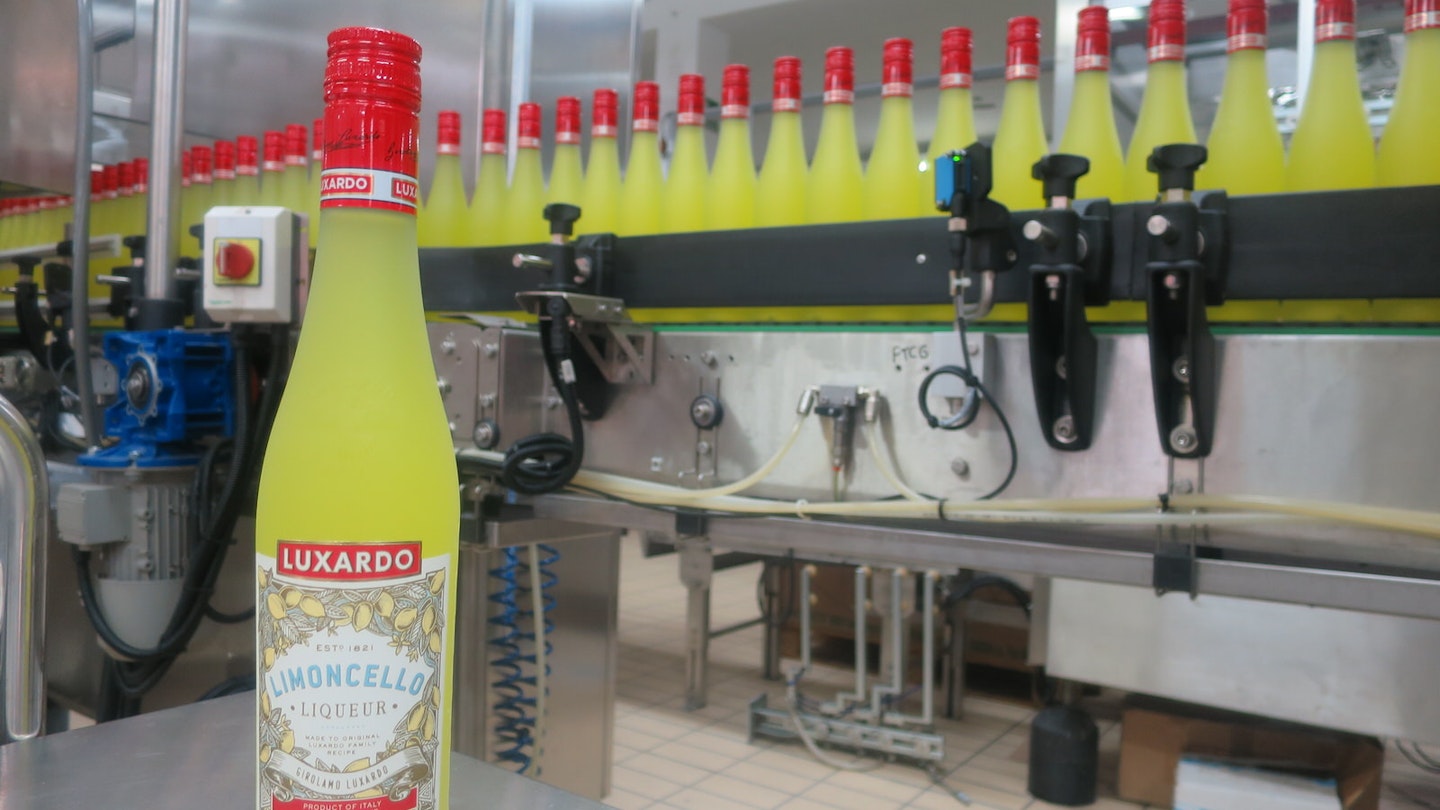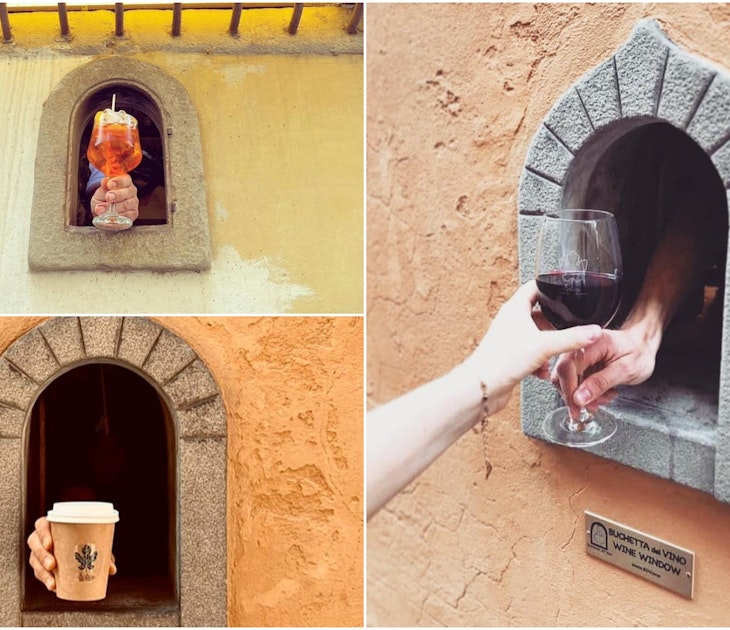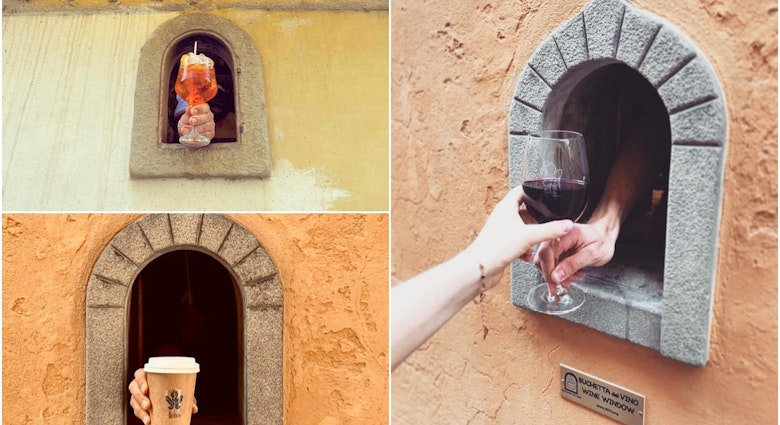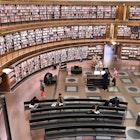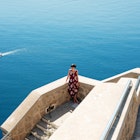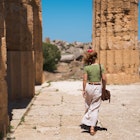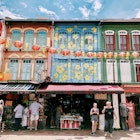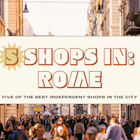If you’re partial to a frosty shot of limoncello, you may have wondered where this tangy tipple originated. If you’ve been to Italy, especially in the south, you may have tried homemade versions of this vibrant yellow, lemon liqueur, but look further north to the Luxardo distillery, Italy’s oldest independent family-run liqueurs company for insights into its history.

What is Limoncello?
Italy’s famous lemon liqueur, best served chilled in a shot glass, is a traditional aperitif or digestif. It’s made from lemon zest, water, alcohol and sugar. Stories abound as to when and where in Italy it was first invented, but most agree the secret to Limoncello is in using the highest quality lemons sourced from Southern Italy, and a high-quality neutral alcohol base. If you fancy making it at home, know that homemade limoncellos are difficult to stabilise without separation occurring over time unless you can source the quality alcohol base that the professionals use.
You might also like: Offbeat boozing: 8 of the best cities for bar crawls
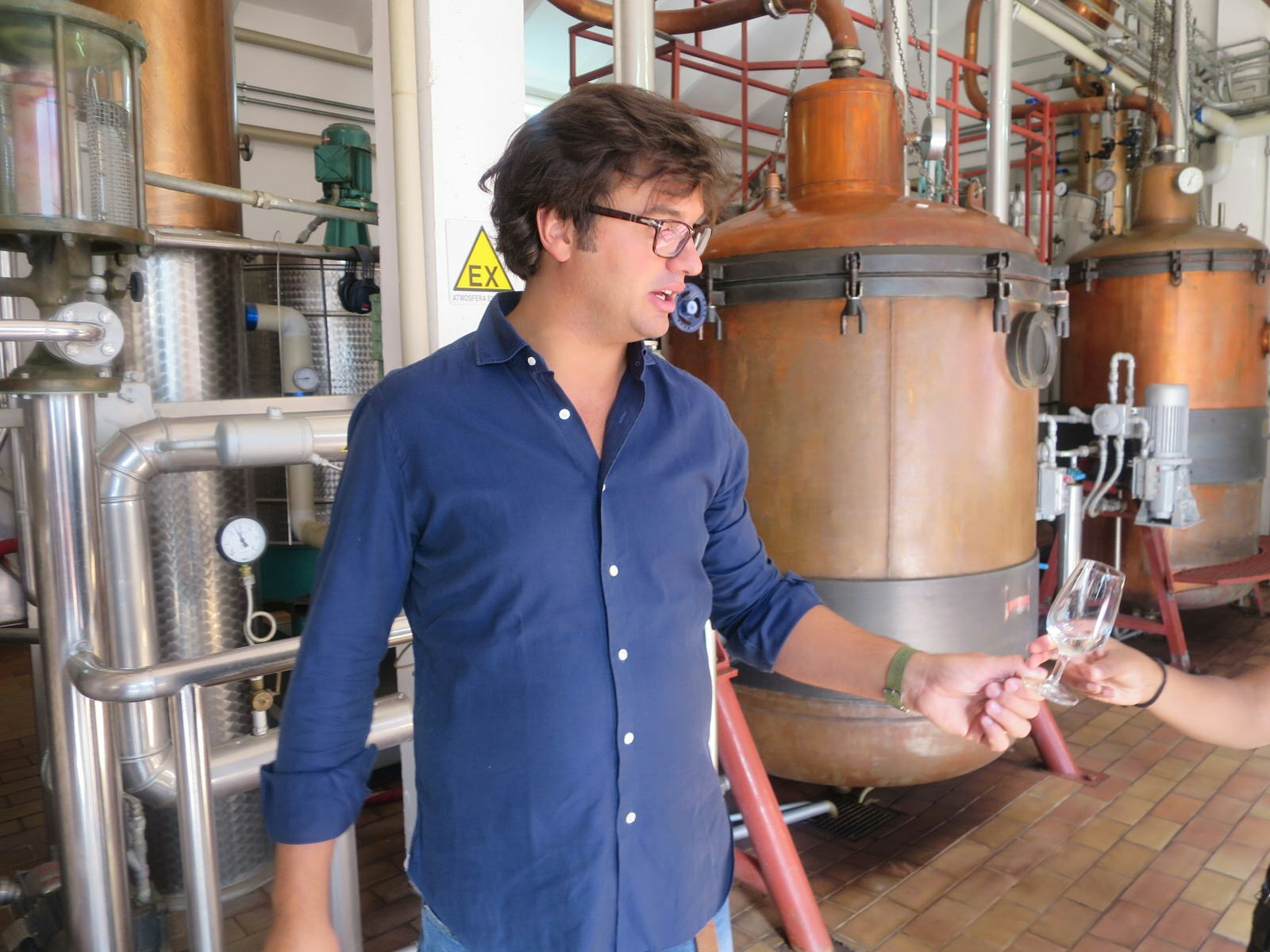
Luxardo Limoncello
Luxardo has been making its award-winning Limoncello (27% ABV: sip slowly!) since the 1840s. "We were one of the first Italian companies to export worldwide all of our products," says 7th-generation Nicolò Luxardo. "We have proof that we were selling our Limoncello into Singapore, into the US, before the First World War."
Nicolò isn’t exaggerating about Luxardo’s early success; they have old ledger records noting exports of Limoncello to the US in the late 1880s. It’s currently their third-highest export after Maraschino, then Sambuca.
You might also like: Italy’s best dishes and where to try them
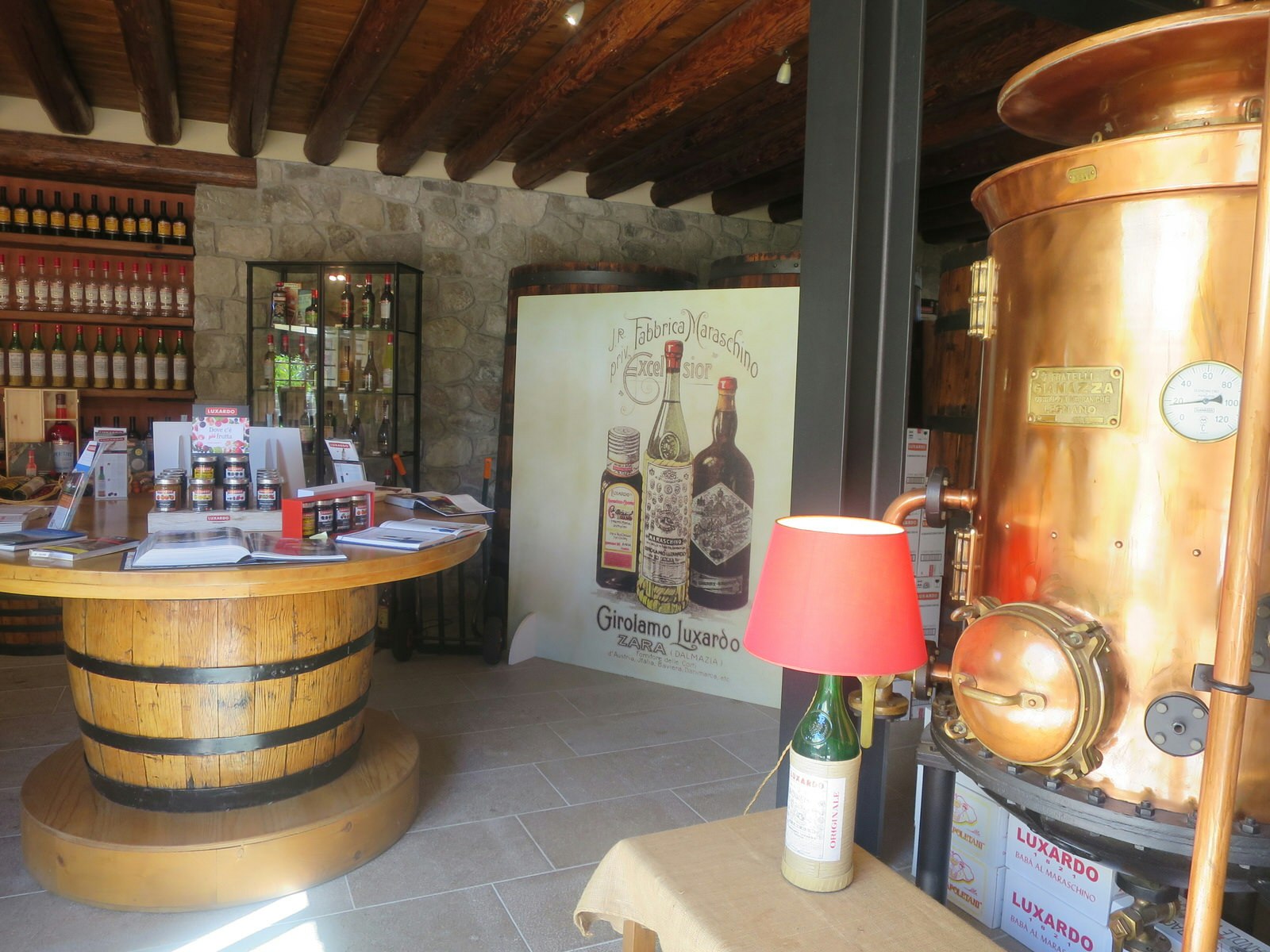
Visiting the Luxardo distillery
Lovers of liqueurs can stop by the distillery for free tastings or pick up items that are unavailable outside Italy, such as the holy-looking Liquore St Antonio: the herbal liqueur of Padua. Or there’s even a Limoncello version of a rum baba (a small yeast cake drenched in syrup made with liqueur). The terracotta-coloured shop, a former farmhouse, is open 9am to 12.30pm and 3pm to 7pm, Monday to Saturday, though closed Saturday afternoons from January through March.
A new visitor centre opening in 2020 will initially welcome bartenders from around the world before opening up to the public for a distillery tour along with a tasting programme. Currently a work in progress, its larch-wood-lined ceiling evokes the vats used in the distillation process.
And if you expect to find a recipe booklet in the shop, think again. "The recipes are a secret kept inside the company: my father and my sister are the only people who know," reveals Nicolò. "Are they allowed to travel on the same plane? Yes, ha! But it is a risk! The rest of the family know where the book is kept, though."
You might also like: The world's best bars for 2019 have been revealed

The Luxardo distilleries: then and now
The original Luxardo distillery location, founded in 1821, was in Zara on the Dalmatian Coast and almost destroyed in WWII. The only brother of the 4th generation to survive the bombings was Giorgio Luxardo, who relocated the distillery to its current site in 1947.
"Along with my grandfather, also called Nicolò, who was the 5th generation, they started again from scratch," says Nicolò. "Limoncello was one of the products that helped us start back again."
Among the 30,000 Marasca cherry trees (they make their flagship Maraschino here too, along with many other liqueurs), the distillery is tucked away in Torreglia in the Euganean hills, just outside of Padua.
The company is one of the few family-owned businesses in this industry. "We will turn 200 years old in 2021," says Nicolò. "Completely family owned. We are eight family members working together today, representing three generations. My sister Gaia is the first Luxardo female to enter the company. She looks after quality control: not involved in the production process, but very involved in the liqueur recipe process."
Karyn Noble visited Italy with the support of Luxardo. Lonely Planet contributors do not accept freebies in exchange for coverage.
